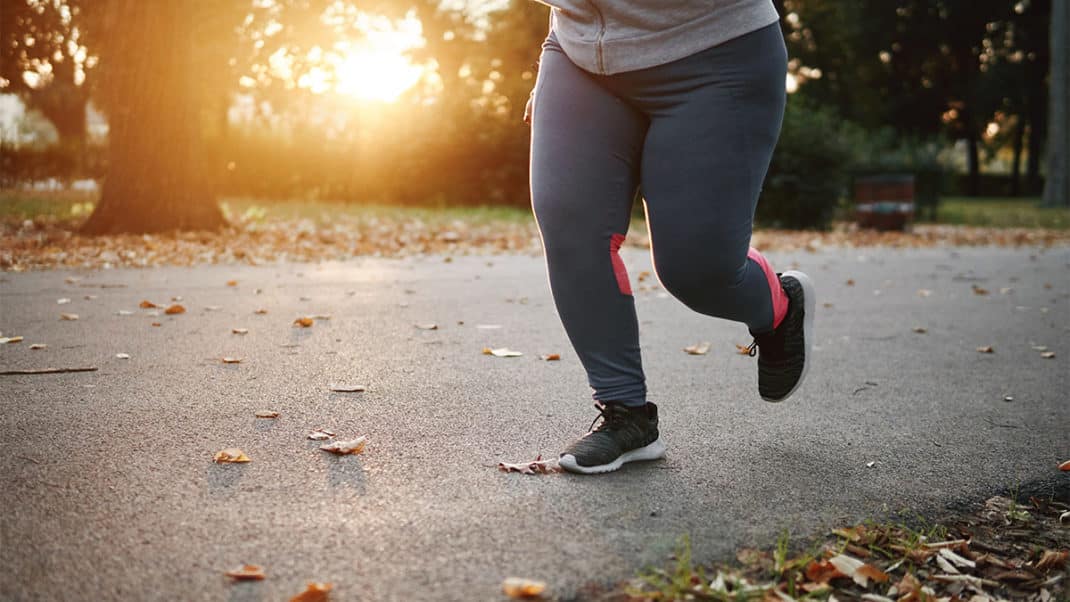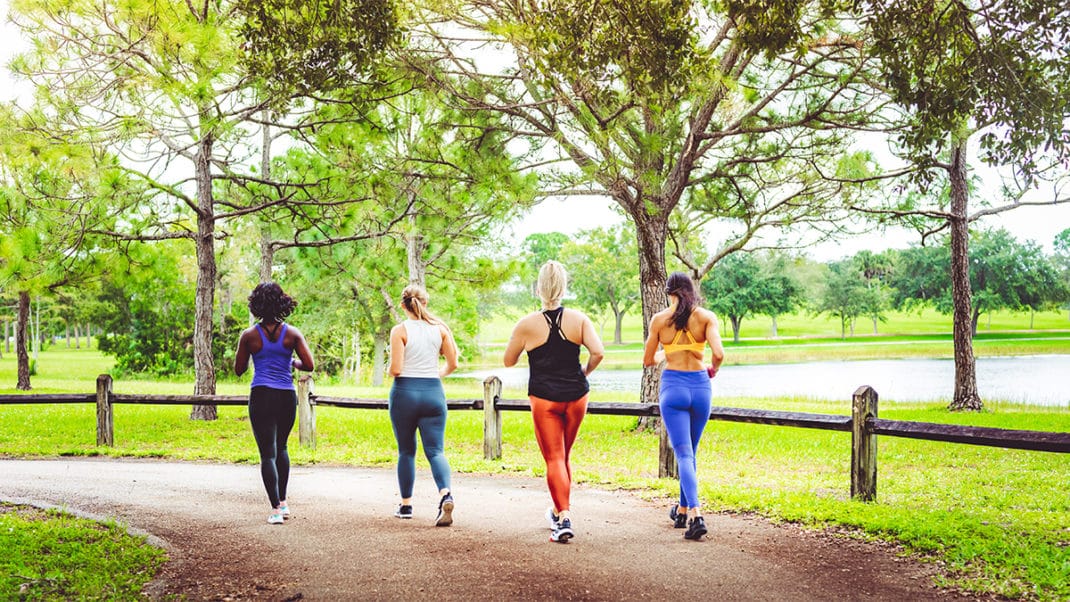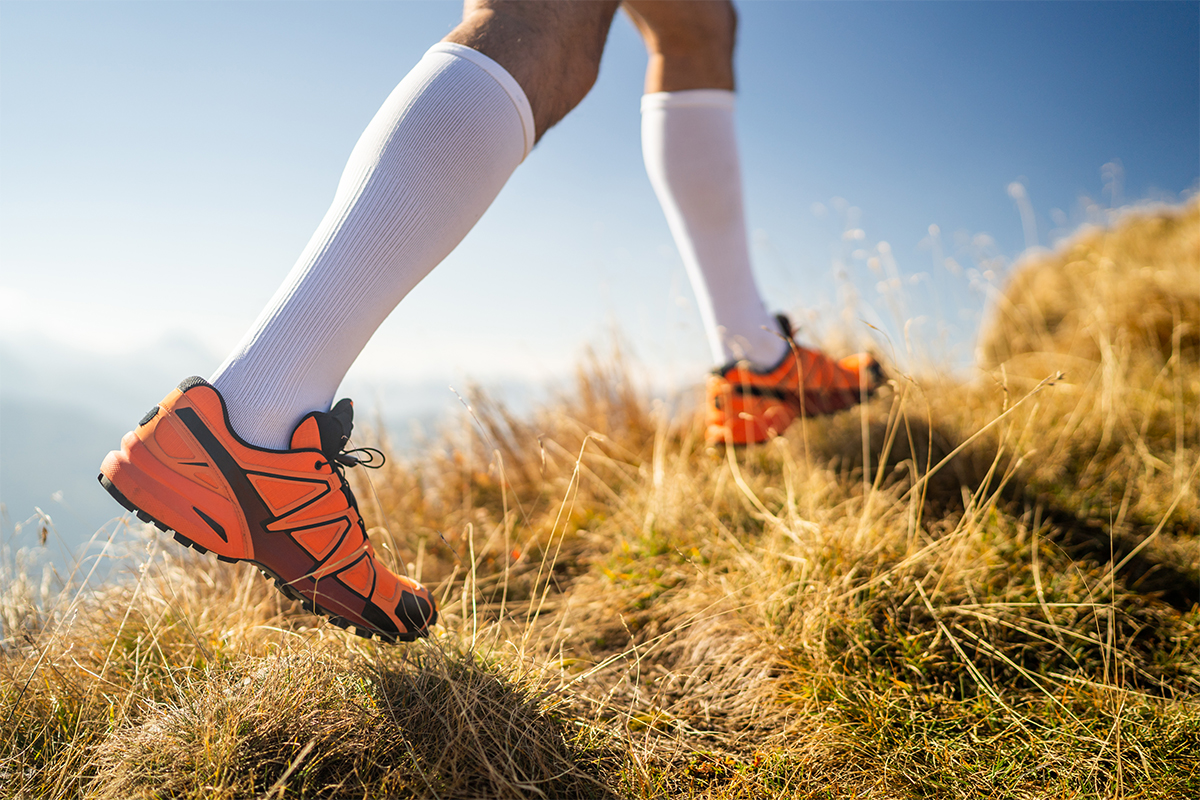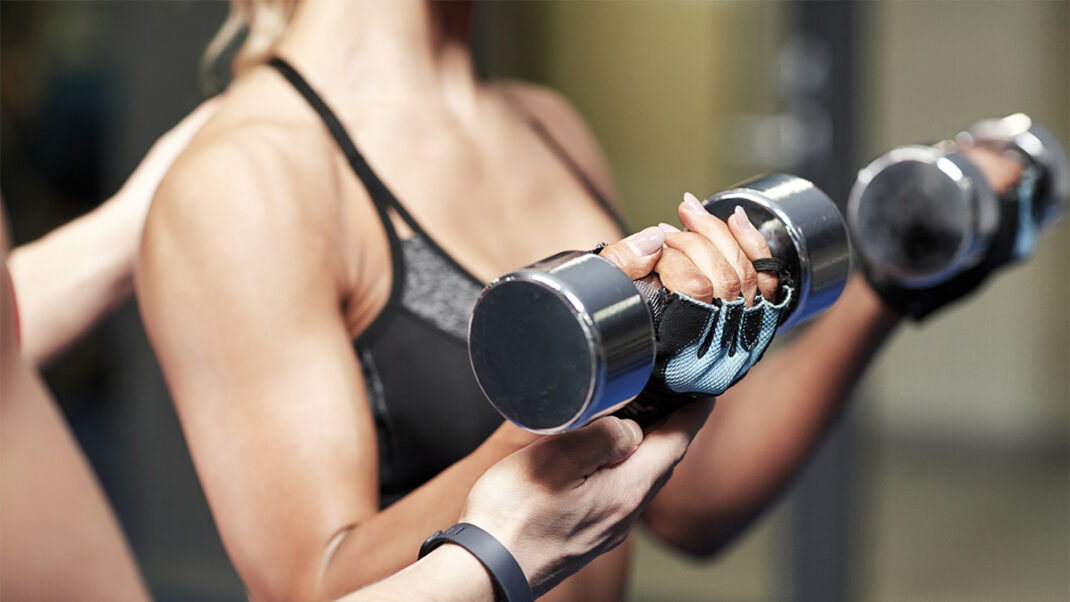Safe Running and Walking in the Dark
How to Stay Visible, Confident, and Safe

The Challenge of Shorter Days
As autumn arrives, so do shorter daylight hours. For many walkers and runners, this means that exercise routines often shift into the early morning or evening when it is still dark outside. While cooler air and quiet streets can make these workouts peaceful, there are also important safety concerns. Reduced visibility increases the risk of accidents, tripping hazards, and personal safety challenges.
Despite these risks, outdoor activity during darker hours is both possible and enjoyable when approached with preparation. By understanding the importance of visibility, choosing safe routes, dressing appropriately, and practicing situational awareness, individuals can continue to walk and run outdoors throughout the fall and winter months. With a few adjustments, the darker seasons can become just as rewarding as the long days of summer.
The Science of Visibility
One of the greatest risks when running or walking in low-light conditions is visibility. Drivers, cyclists, and even other pedestrians may struggle to see people clearly when lighting is poor. Research shows that reduced visibility is a significant factor in pedestrian accidents, particularly at dawn and dusk when light is changing rapidly (Kwan et al., 2015).
Reflective clothing and accessories are some of the most effective ways to increase visibility. Reflective strips on jackets, vests, or armbands reflect light from car headlights, making the wearer stand out even at a distance. Adding a headlamp or clip-on light enhances safety further by illuminating the path ahead while also signaling presence to others. A combination of reflective and illuminated gear provides the strongest protection, as it increases both passive and active visibility.
Modern technology has made visibility easier to achieve. Many athletic brands now incorporate reflective details directly into shoes, leggings, and jackets. Lightweight LED armbands, shoe lights, and rechargeable headlamps are widely available, affordable, and simple to use. These tools transform a dark route into a safer, more manageable experience.
Choosing the Right Route
In addition to visibility gear, route selection plays a central role in safety. Running or walking in well-lit, familiar areas minimizes hazards and provides peace of mind. Streetlights reduce shadows that can conceal uneven pavement or obstacles, while familiarity with the route helps individuals anticipate curves, curbs, and changes in terrain.
Urban environments may offer the advantage of better lighting and more foot traffic, which can provide a sense of safety. Suburban and rural areas, on the other hand, may present fewer lights and longer stretches of isolated roads. In these cases, it is important to wear highly visible gear, carry a light source, and avoid routes with heavy or fast-moving traffic.
Hazards are not limited to vehicles. Autumn and winter bring environmental challenges such as wet leaves, frost, and occasional patches of ice. These slippery surfaces are harder to spot in the dark, increasing the risk of falls. Choosing routes that are well-maintained and cleared regularly can reduce these risks.
Technology can add another layer of safety. Fitness apps with GPS tracking allow users to share their routes and estimated return times with friends or family. Some apps include “live tracking” features so others can monitor progress in real time. This digital safety net can provide reassurance and immediate assistance if an unexpected situation arises.
Clothing and Footwear for Dark Conditions
What you wear matters when exercising in low light. Clothing should serve multiple purposes: improving visibility, regulating body temperature, and providing comfort. Bright colors such as neon yellow, orange, or lime green are easier to see than darker shades. Reflective materials further enhance visibility, especially when positioned on moving parts of the body such as arms, legs, and shoes.
Footwear also plays a role in safety. Many running shoes now include reflective accents, which catch light from headlights or streetlamps. Choosing shoes with appropriate traction is equally important. Autumn introduces wet leaves and morning frost, both of which can create slippery conditions. Shoes designed for grip can help reduce the risk of slipping, particularly on uneven or changing terrain.
Layering is another practical strategy. Temperatures often drop quickly in the evenings, and a run or walk that begins comfortably can become chilly by the end. Moisture-wicking base layers keep sweat away from the skin, while insulating layers provide warmth without bulk. A lightweight outer layer that blocks wind and repels moisture can make outdoor activity more comfortable during unpredictable fall weather.

Running and Walking with Others
Exercising with a partner or group not only increases motivation but also enhances safety. Two people are more visible than one, and having a companion provides support in case of injury or emergency. Group runs and walking clubs are popular options, particularly in communities with active fitness networks. These groups often organize evening or early morning sessions, providing safety in numbers as well as social connection.
Even if exercising alone, it is helpful to let someone know your plans. Sharing your route and expected return time with a friend or family member creates accountability and reassurance. In the event of a delay or unexpected issue, someone will know where to look and when to check in. This simple habit adds an extra layer of safety to any outdoor routine.
Virtual communities also play a role. Many fitness apps allow runners and walkers to share progress with others, creating a sense of connection even when exercising solo. Some apps include emergency features such as an alert button that can send your location to a chosen contact in case of trouble. These tools combine the independence of solo workouts with the reassurance of digital backup.
Personal Safety and Awareness
Beyond visibility and route planning, personal safety depends on awareness. Carrying identification, a cell phone, and a small amount of cash or a card ensures that you are prepared in case of an emergency. Some runners and walkers choose to carry a whistle or personal alarm, which can attract attention if needed.
Awareness also applies to listening habits. Many people enjoy music or podcasts during exercise, but headphones can reduce awareness of surroundings. Using bone-conduction headphones or keeping one earbud out allows you to hear traffic, cyclists, or other pedestrians. Staying alert can prevent accidents and improve reaction time if something unexpected occurs.
In some cases, individuals may feel more comfortable carrying self-defense tools, such as pepper spray or a personal alarm. The decision to carry these items is personal and may depend on the environment, time of day, and individual comfort levels. Regardless of what tools are used, the most important factor is remaining aware and confident.

The Psychological Benefits of Exercising Outdoors
With so many precautions to consider, some people may wonder why anyone continues to exercise outdoors in the dark. The answer lies in the powerful mental and physical benefits of outdoor activity. Exercise is one of the most effective tools for improving mood, reducing stress, and boosting energy levels (Sharma et al., 2006). Fresh air and natural settings add an extra layer of benefit, enhancing mental clarity and reducing feelings of tension.
For many, outdoor exercise provides consistency. Work schedules, family obligations, and busy routines may leave little daylight for fitness. Walking or running in the early morning or evening allows individuals to maintain their routines without interruption. This consistency supports long-term health and wellness, even during the darker seasons.
Psychologically, the sense of accomplishment from completing a workout in challenging conditions can be motivating. Overcoming the barrier of darkness builds resilience, self-confidence, and a sense of discipline. For many, the quiet and calm of early morning or evening runs is a welcome opportunity for reflection and relaxation.
Seasonal Fitness Motivation
Staying motivated during shorter days requires both planning and mindset. Building a safe routine begins with consistency. Scheduling workouts at the same time each day, whether in the morning or evening, creates habit and reduces the temptation to skip sessions.
Setting small, achievable goals can help maintain focus. For example, committing to three evening walks per week or preparing a set of routes for varying conditions provides structure. Pairing workouts with enjoyable elements, such as a favorite playlist or podcast, makes the experience more rewarding.
Mindset also matters. Instead of viewing shorter days as an obstacle, they can be reframed as an opportunity to embrace a different rhythm of training. Cooler air, quieter streets, and the calm atmosphere of evening or early morning workouts can all be positives. With preparation, the darker seasons become an extension of fitness routines rather than a disruption.

Practical Safety Checklist
For those preparing to walk or run in the dark, the following checklist summarizes the most important considerations:
- Visibility: Reflective clothing, vests, and accessories; headlamps or clip-on lights.
- Route: Choose familiar, well-lit paths; avoid isolated areas; use safety apps when possible.
- Clothing and Footwear: Bright colors, reflective details, proper traction, and layered clothing for weather changes.
- Companionship and Communication: Train with a partner or group; share your route and expected return time.
- Awareness: Carry a phone and identification; limit distractions from headphones; stay alert to surroundings.
Preparedness Builds Confidence
Running and walking in the dark may feel intimidating at first, but with preparation, it can be both safe and enjoyable. Reflective gear, smart route planning, appropriate clothing, and strong situational awareness transform low-light activity into a manageable routine. Beyond the physical benefits, outdoor exercise during the darker months supports mental health, resilience, and consistency.
Preparedness builds confidence. When individuals take time to plan and equip themselves properly, they can enjoy the peace, focus, and health benefits of outdoor activity year-round. The darker months need not limit fitness routines. Instead, they offer a new environment in which to thrive.
Kwan, I., Mapstone, J., & Roberts, I. (2015). Interventions for increasing pedestrian and cyclist visibility for the prevention of death and injuries. Cochrane Database of Systematic Reviews, 7, CD003438. https://doi.org/10.1002/14651858.CD003438.pub2
Sharma, A., Madaan, V., & Petty, F. D. (2006). Exercise for mental health. Primary Care Companion to The Journal of Clinical Psychiatry, 8(2), 106. https://doi.org/10.4088/pcc.v08n0208





